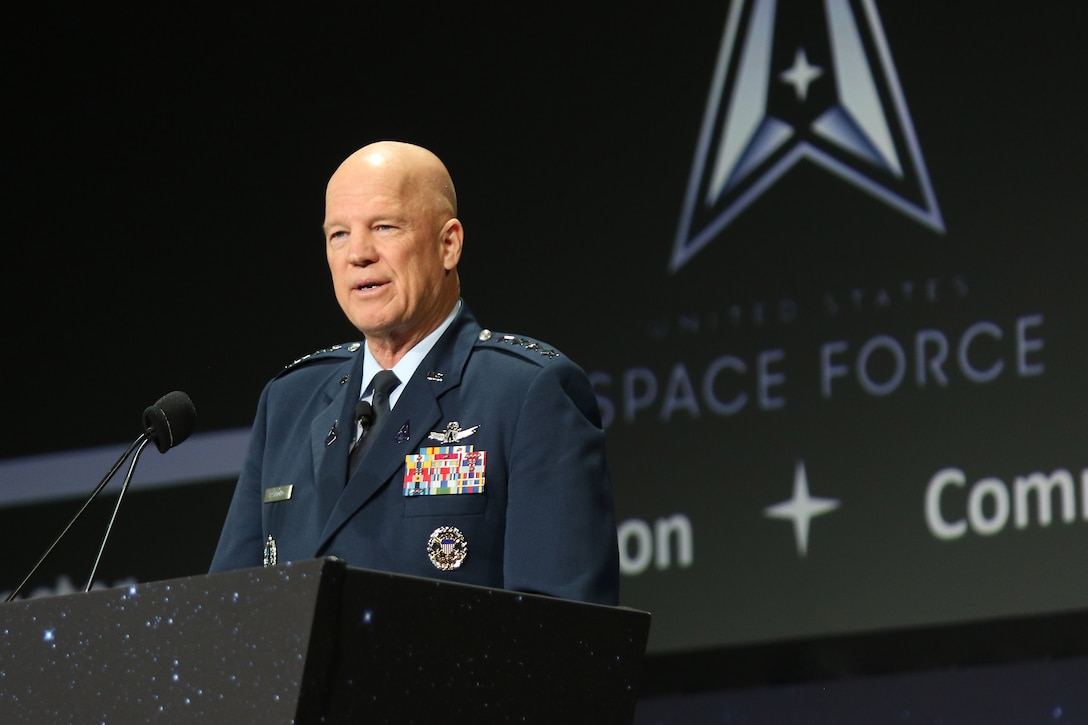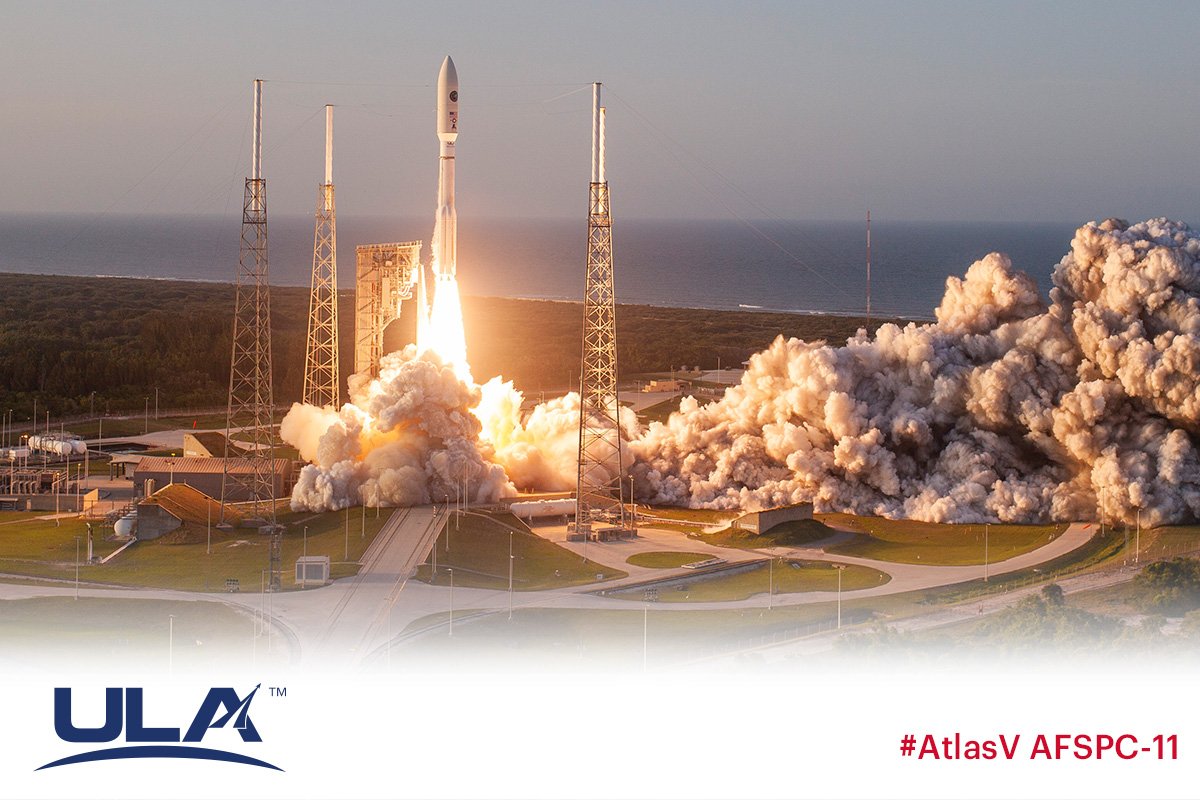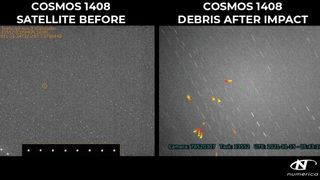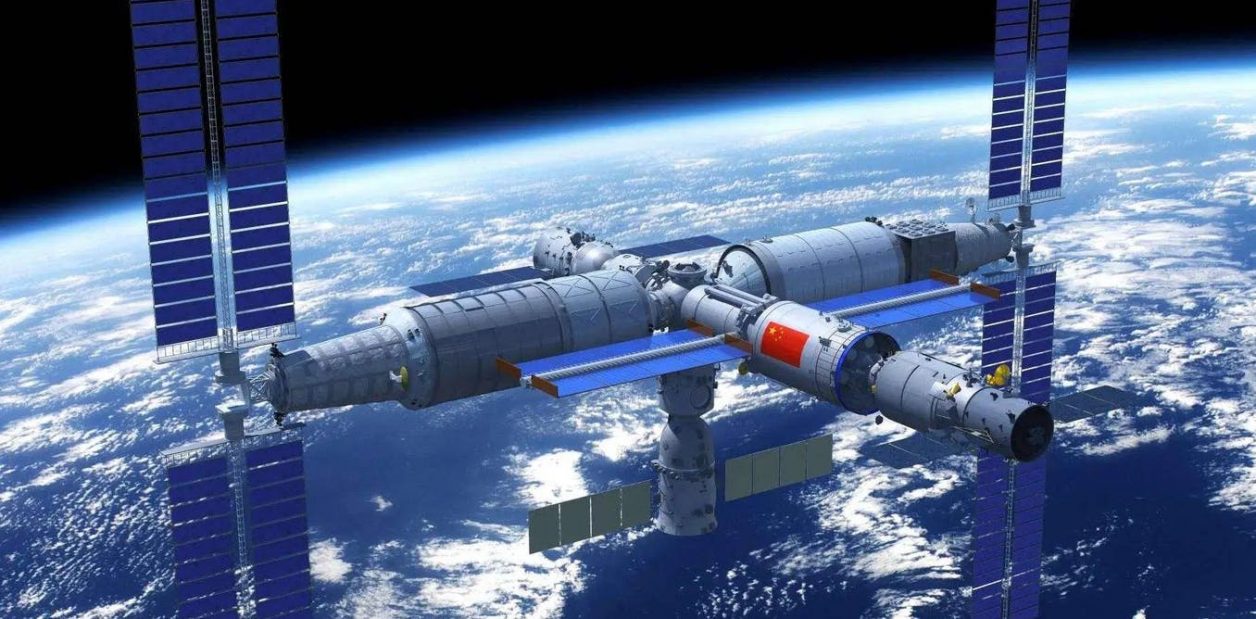Recently, Military Space Chiefs from 15 countries attended a gathering hosted by the U.S. to discuss ways ahead for the development of joint operational capabilities and figure out what should be the responsible norms of behavior in space, in light of the growing arms race in the space domain.
“We are going to focus on how to mature our partnerships,” Chief of Space Operations of the U.S. Space Force Gen. John “Jay,” Raymond told SpaceNews in an interview at the 37th Space Symposium.

Countries attending the gathering included Australia, Canada, Denmark, France, Germany, Italy, Japan, Netherlands, New Zealand, Norway, Poland, Republic of Korea, Sweden, United Kingdom, and the U.S.
This comes after Raymond recently visited Australia’s newly established Space Command and the space surveillance sites operated jointly by the U.S. and Australian forces. Raymond said that Australia and other allies have voiced the need for evolving current alliances “beyond just data-sharing partnerships, but make them truly operational.”
“We want to get to the point where we’re developing capabilities together,” said Raymond. “And so we’re going to continue to have those conversations with our closest partners.”
According to Raymond, it is U.S. Space Force is highly prioritizing the transition from its legacy constellations of “exquisite” satellites to a more diversified architecture thereby making it difficult for adversaries to disrupt.
“We can’t continue to acquire like we always have, where you have a handful of big exquisite satellites,” Raymond said.
Therefore, future U.S. space architecture could include satellites from allied countries as well.
“If you go to a more proliferated architecture, rather than the handful of exquisite capabilities, you then open the opportunities for more commercial collaboration and you open opportunities for more collaboration with our allies and partners,” Raymond further said.

This new outlook for the joint operational capability in space comes on the backdrop of recent advances in counter-space capabilities demonstrated by Russia.
In late February, ahead of Russia’s military assault on Ukraine, there was a cyber-attack targeted at communications provider Viasat and its KA-SAT system which provides high-speed internet for customers in Eastern Europe and the Mediterranean.
The attack targeted the system’s ground terminals rather than the satellite itself which is usually the case in such types of attacks however, experts suggest that the conflict can further escalate into space with more aggressive attacks against space systems such as laser blinding of imagery satellites or cyberattacks against satellite ground stations.
Moreover, in November 2021 Russia conducted a direct ascent anti-satellite (ASAT) test in which it destroyed one of its satellites that have been in orbit since 1982.

U.S. Army General James Dickinson, commander of the U.S. Space Command strongly denounced the test saying, “Russia is developing and deploying capabilities to actively deny access to and use of space by the United States and its allies and partners.”
The destruction of the inactive Russian satellite, known as Cosmos 1408 created a field of at least 1,500 trackable pieces of debris in low orbit endangering the safety of seven crew members on board the International Space Station who had to take cover multiple times as the station’s orbit intersected with the debris.
The collision occurred about 500 kilometers above the surface and 80 kilometers above the space station’s orbit.

The test highlighted the need for new norms for responsible behavior in space aimed at the prevention of an arms race that is poised to endanger space operations and human spaceflight.
“A lot of what we’re doing with our partners in figuring out what are responsible norms of behavior,” said Raymond. Proposals have been written on what those norms should be but ultimately “we demonstrate safe and responsible behavior by how we operate.”
Also, international talks aimed at preventing an arms race in space will soon begin under the aegis of the UN. An “open-ended working group” established by the U.N. General Assembly to address space security issues will hold its first session May 9-13 in Geneva, Switzerland. It is expected to meet twice in 2022 and two more times in 2023.
“It is promising that norms of behavior in space are being discussed at the international level,” James Blake, Research Fellow in the Centre for Space Domain Awareness (CSDA) at the University of Warwick, told Eurasian Times.
“…We currently have no legally binding regulations to stand in the way of provocative and reckless acts like ASAT tests, and I fear that it will be quite some time before sufficient deterrents are in place to prevent this kind of behavior,” Blake added.

Furthermore, Blake noted the limitations in current knowledge about debris population and stressed the need for “improvements in the tools and techniques that are used to survive the near-Earth environment” to “develop a clearer picture of the risk posed to the active satellites we rely on”
However, some experts do not think these talks will be effective in ensuring space security amidst the burgeoning arms race.
Wing Commander Ajey Lele, a Senior Fellow in the Manohar Parrikar Institute for Defence Studies and Analyses (IDSA) whose research focuses on Space Security and Strategic Technologies told EurAsian Times that he does not think there is any realistic chance of these proposed norms and principles in preventing destructive fallouts of the counter space capabilities being developed by countries, such as Russia.
However, he did emphasize the importance of including various Missile Defense Systems in any discussion about space security. “There is a need to find a solution that how Missile Defence Systems can operate (say S-400, S-500, THAD, etc) without disturbing any proposed space treaty provisions”, Lele told EurAsian Times.
- Written by Tanmay Kadam/EurAsian Times Desk
- Contact the author at etdesk@eurasiantimes.com
- Follow EurAsian Times on Google News




